Attendance in education during the coronavirus pandemic: 23 March 2020 to 10 February 2022
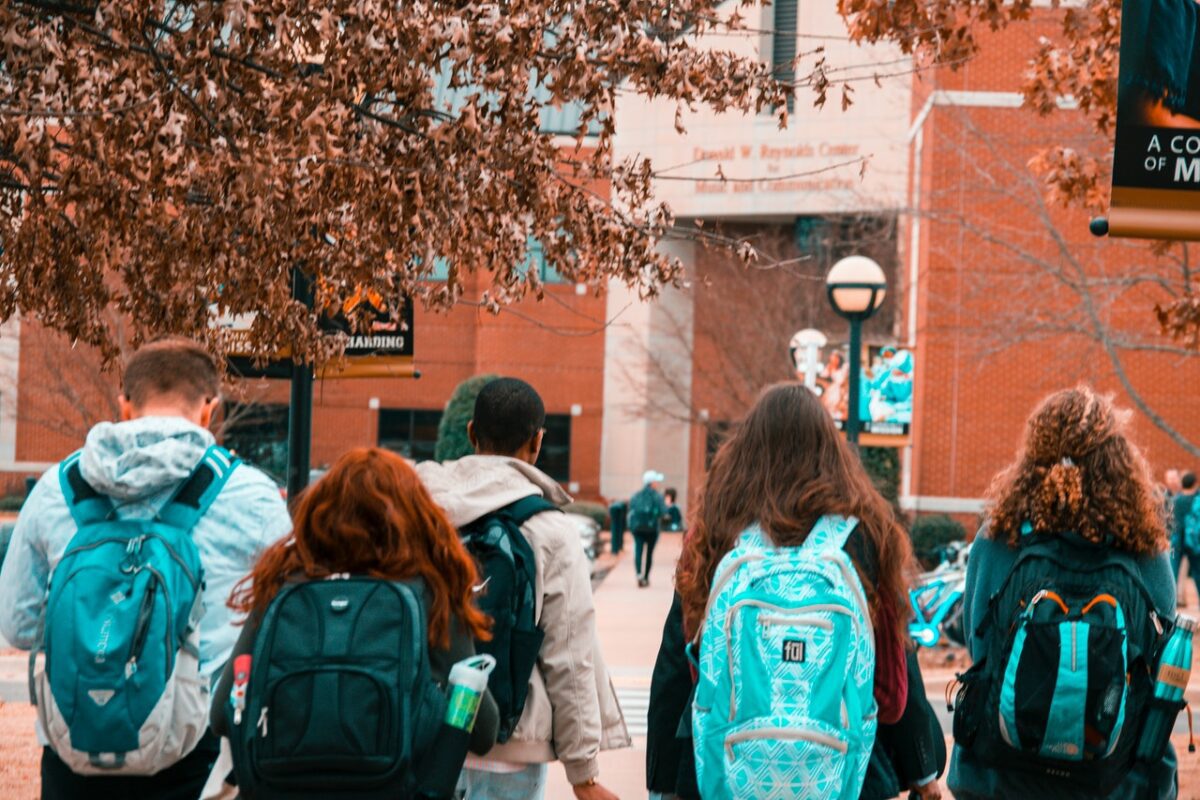
The data on Explore Education Statistics shows attendance in education settings since Monday 23 March 2020, and in early years settings since Thursday 16 April 2020. The summary explains the responses for a set time frame.
The data is collected from a daily education settings status form and a monthly local authority early years survey.
| Proportion of open settings including inset | 100.0% same on 3 Feb |
| Proportion of students attending | 90.3% up from 89.1% on 3 Feb |
| Proportion of early years settings fully open | 96% |
| Proportion of early years children booked to attend open settings who attended | 88% |
To reflect that, 73 (48%) local authorities advertised their schools as being on half term on Thursday 17 February, the reference date for this release is Thursday 10 February 2022.
Open Rates
- Over 99.9% all state-funded schools were open on 10 Feb 2022, same on 3 Feb 2022.
Pupil absence
- Coronavirus (COVID-19) related pupil absence in all state-funded schools was 2.2% on 10 Feb, down from 3.9% on 3 Feb.
- Among pupils absent for COVID-19 reasons, the main reasons for absence on 10 Feb were: pupils with a confirmed case of COVID-19 (1.7%), and pupils with a suspected case of COVID-19 (0.3%).
Pupil on site attendance
- Attendance in all state-funded schools was 90.3% on 10 Feb, up from 89.1% on 3 Feb.
Workforce absence
- We estimate that 7.5% of teachers and school leaders were absent from open schools on 10 Feb (with 2.8% absent for COVID-19 related reasons), down from 9.1% on 3 Feb.
- We estimate that 7.3% of teaching assistants and other staff were absent from open schools on 10 Feb (with 2.5% absent for COVID-19 related reasons), down from 9.0% on 3 Feb.
Levels of workforce absence in education settings
Teachers and school leaders
- 17% of all state-funded schools had more than 15% of their teachers and school leaders absent on 10 Feb, down from 23% on 3 Feb.
- 45% of all state-funded schools had up to 5% of their teachers and school leaders absent on 10 Feb, up from 36% on 3 Feb.
Teaching assistants and other staff
- 12% of all state-funded schools had more than 15% of their teaching assistants and other staff absent on 10 Feb, down from 19% on 3 Feb.
- 41% of all state-funded schools had up to 5% of their teaching assistants and other staff absent on 10 Feb, up from 32% on 3 Feb.
Read more here.
Sector Response
Commenting as the Government’s latest school attendance data shows an improvement in pupil attendance rates, Paul Whiteman, general secretary of school leaders’ union, NAHT, said:
“Everyone is sincerely hoping that the two weeks of improved pupil attendance figures we’ve seen will be a continued trend. But to ensure that, the government needs to do more to explain to the public the actions they are now supposed to be taking to keep themselves and others safe.
“Although the legal responsibility for testing and isolation has been removed, we all still have a personal responsibility to keep each other safe. Schools and families will still need to co-operate to minimise disruption and keep schools open.
“Parents and carers need to know what to do when a child has Covid, and that should be made clear by government, not left up to individual schools.
“Free access to lateral flow tests is vital. Charging for them disproportionately impacts children and workers from disadvantaged backgrounds.”
Commenting on the school attendance statistics published today by the Department for Education, Geoff Barton, General Secretary of the Association of School and College Leaders, said:
“We’re pleased to see rates of pupil and staff absence caused by Covid are decreasing, and we very much hope that this means a corner has been turned in what has been a very difficult first half of the spring term.
“Our concern is that the government’s living with Covid plan, and the lifting of virtually all control measures, does run the risk of causing a new wave of transmission and disruption in our schools and colleges. We hope that is not the case, but vigilance is important.
“Schools and colleges have weathered a very tough half term with extremely high rates of pupil and staff absence caused by the virus, and they deserve enormous credit for all they have done to keep education going.”
Commenting on education settings attendance data for 10 February, Dr Mary Bousted, Joint General Secretary of the National Education Union, said:
“It is welcome that the effects of the Omicron wave are now fading in schools, but it would be wrong to leap to the conclusion that the fight against Covid is over. The level of absence for pupils, teachers and teaching assistants is the same as in the second half of last term; however, attendance is still well below pre-pandemic levels.
“In terms of learning to live with Covid, the guidance for schools that was issued today is woeful and its communication inadequate. This is not putting schools on a good footing to avoid education disruption due to new cases and transmission.
“The Government must still do more to mitigate the spread of the disease, and to guard against future waves. Many classrooms still lack adequate ventilation and the Government must address this, both to protect staff from illness and to protect pupils from disruption to education.”




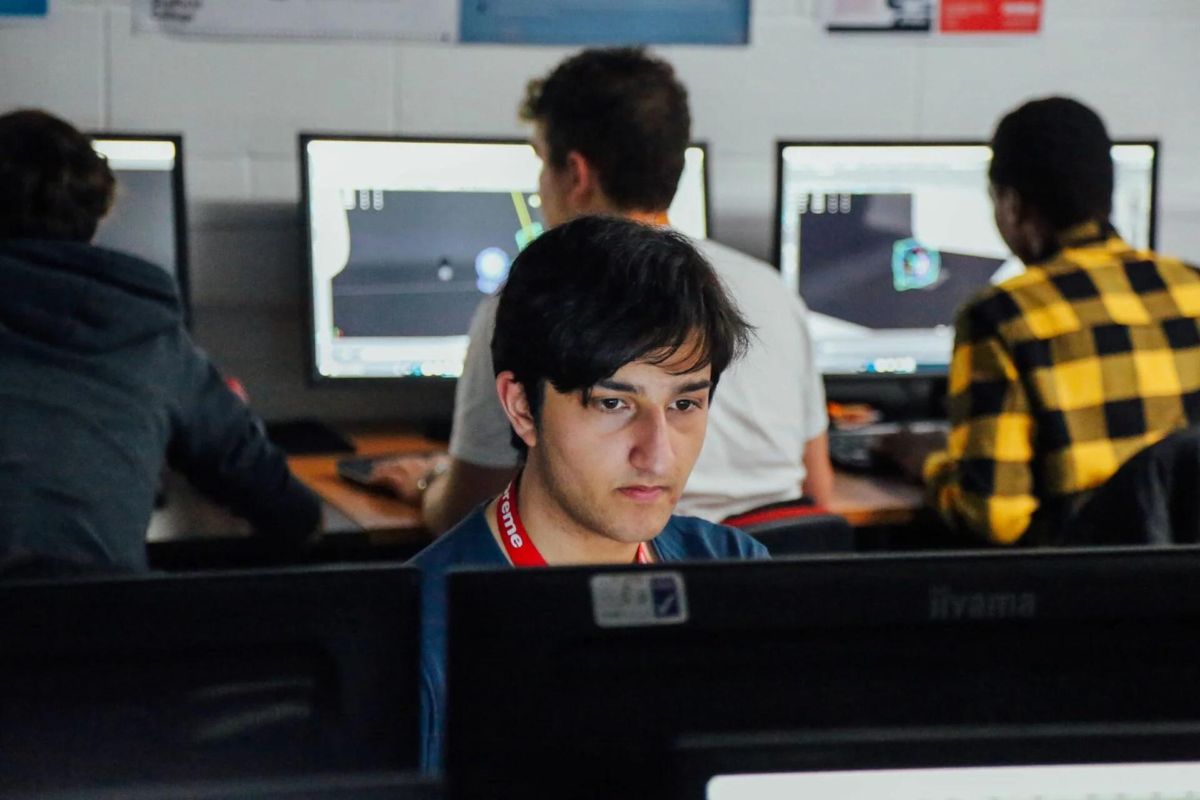


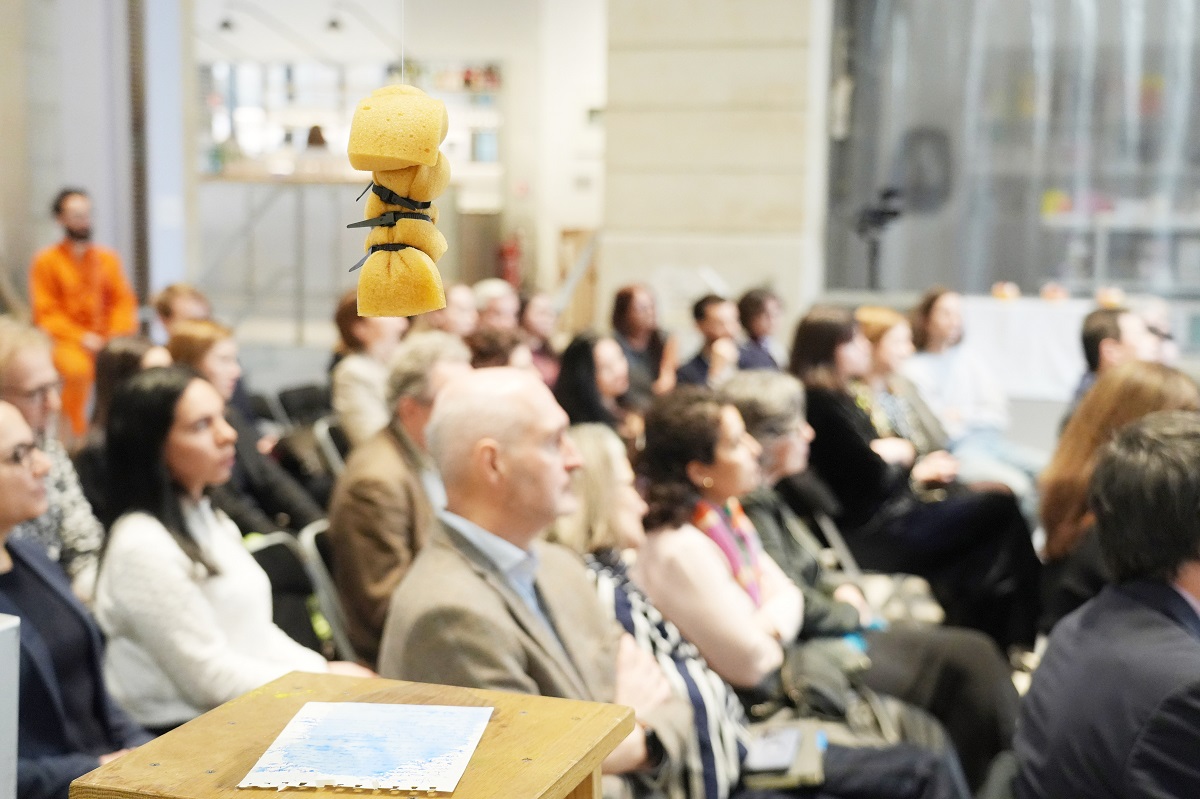


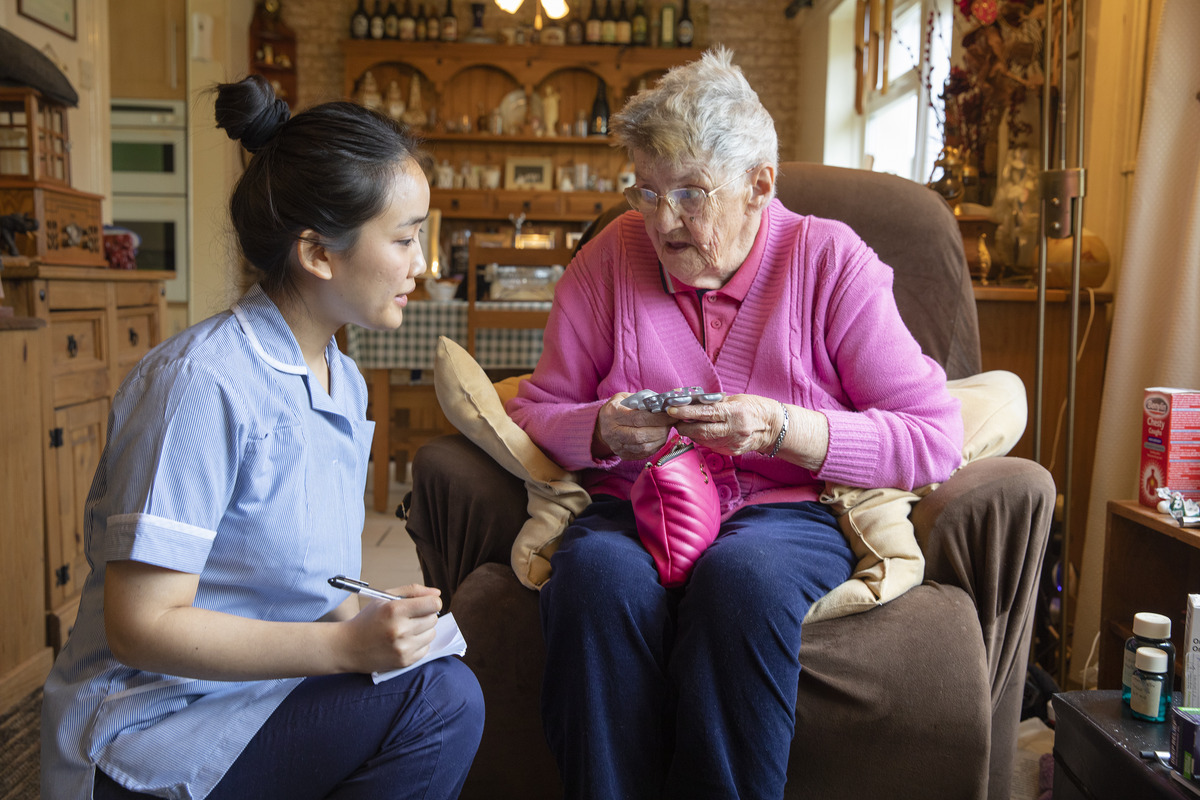
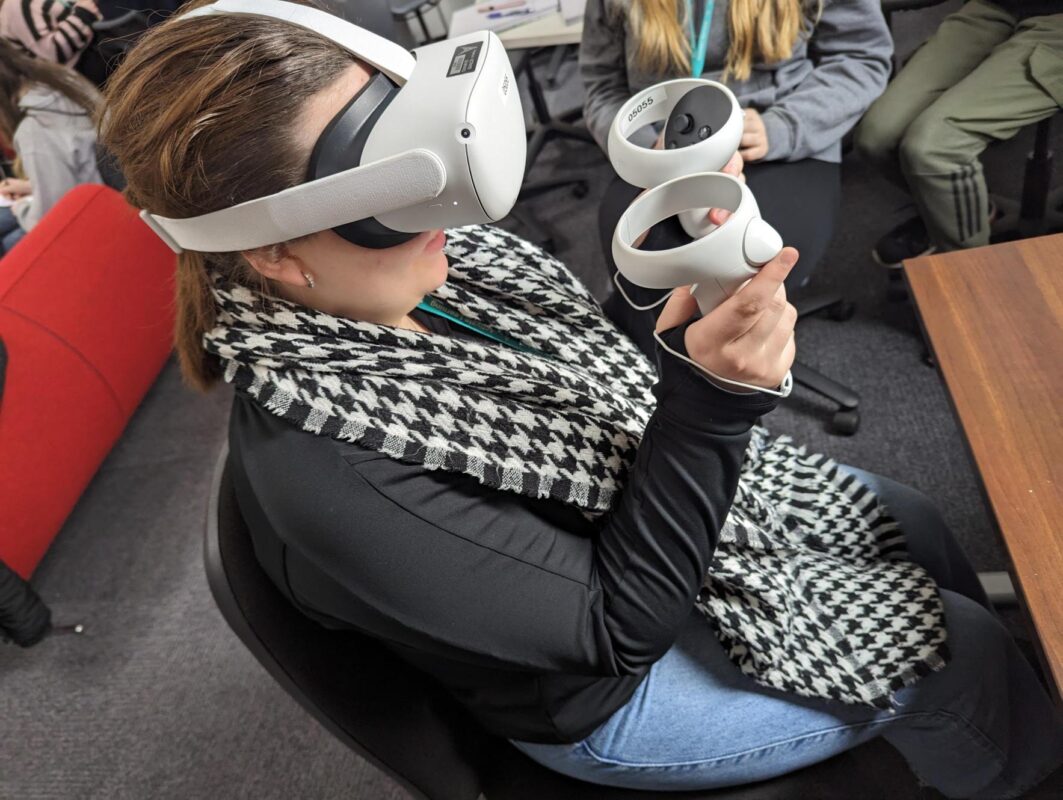
Responses